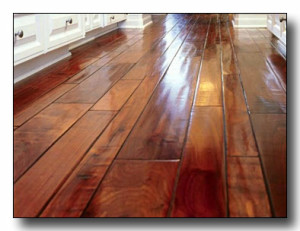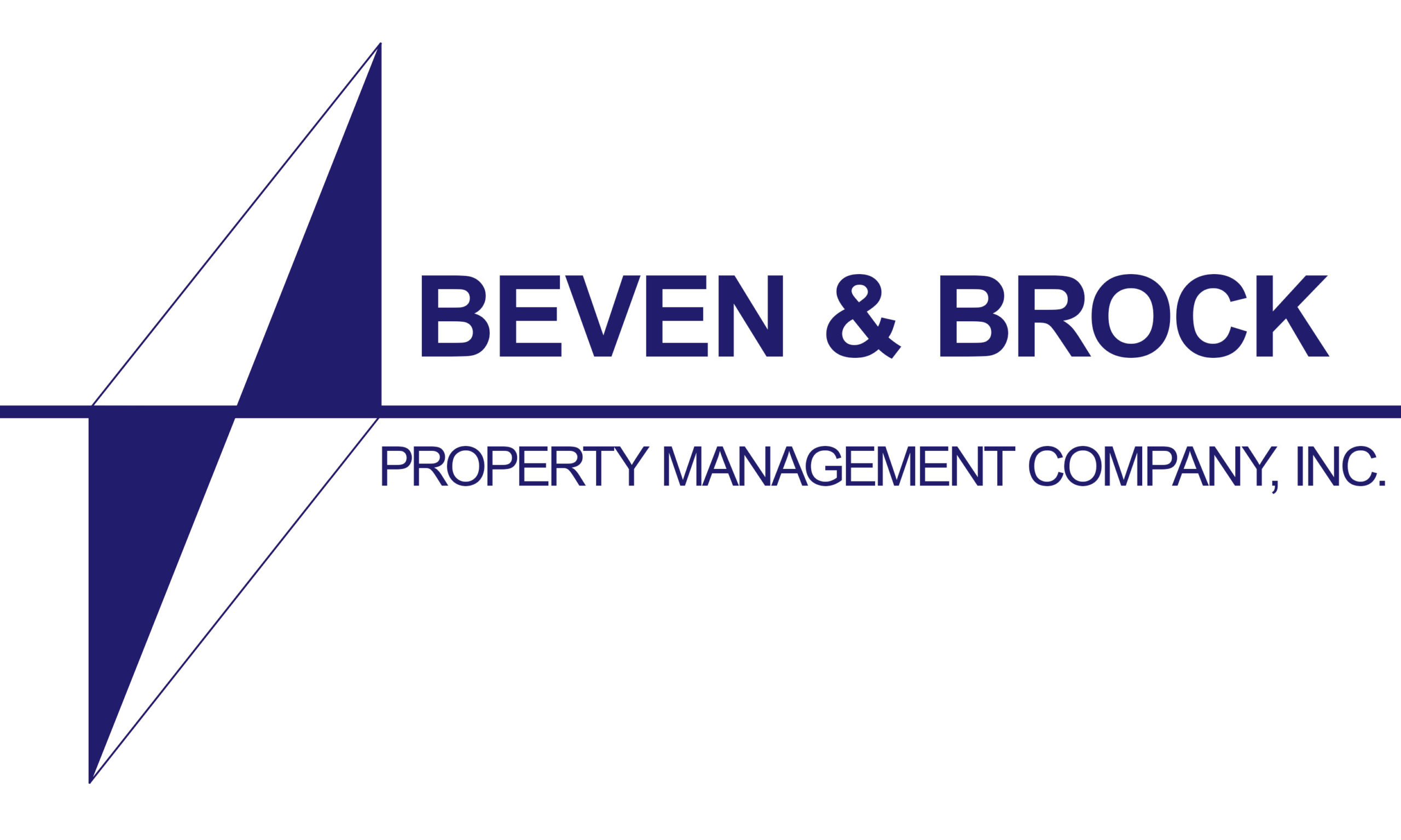This Probably Never Happened to You, but …… No. 166
 The tenant from #3 called. She said that her carpet was getting old, and asked if we could install hard-wood flooring for her. She had seen good looking hard-wood floors in a recent renovation we had done in a near-by unit, and thinks that it is just what she wants. As that near-by apartment will be rent-ready in a few days, she also suggested that she would be interested in moving to that like-new unit.
The tenant from #3 called. She said that her carpet was getting old, and asked if we could install hard-wood flooring for her. She had seen good looking hard-wood floors in a recent renovation we had done in a near-by unit, and thinks that it is just what she wants. As that near-by apartment will be rent-ready in a few days, she also suggested that she would be interested in moving to that like-new unit.
Some decisions are complicated, and this is one of them. I’ll start with the hard-wood floors (technically, a laminate that looks like hardwood). We have found that these look good, are relatively durable, and rent very well. We have also found that they work best in down-stairs units, as walking on them in an up-stairs unit can create unacceptable noise levels in units below. So, if the requesting tenant were living in a down-stairs unit, we would seriously consider giving her the hardwood IF two conditions were met: IF her carpet really was near the end of its useful life, and IF she had taken good care of the unit. IF the carpet really was old, we would likely replace it with the hardwood if this tenant moved out, so replacing it for her might make sense. IF she had not taken good care of the carpet during her tenancy, we would do nothing, or suggest to her that if she wanted to pay for half of the installed cost of the hardwood, we would pay the other half.
This general approach applies to most requests for up-grades. A tenant might ask for an upgrade to a better air-conditioning system. With our SoCal heat in summer, we know that some of our units have air-conditioning systems that we would not consider adequate in our own homes. Often, with a larger or more efficient compressor system, these can be improved. We know that in certain buildings we manage we get complaints about the minimal cooling systems every summer. So, depending on our perception of how important a good air-conditioning system might be to a future re-rental, we will decide whether it is better to simply up-grade the system and keep the tenant happy, or to do the up-grade and add enough to the tenants rent to pay for it in a few years, or to suggest to the tenant that if they are willing to pay for half of an improved system, we will pay the other half. Any of these might be the right answer in given circumstances.
As sometimes happens, the requesting tenant is paying significantly lower rent than what is being asked for the newly renovated units with better amenities. If the up-grade that the tenant wants is something we would want to do for a new tenant, the only question is how much would we have to increase the rent to pay for the up-grade in a reasonable time, such as two years. If this amount can just be added to the rent, and the tenant is still not paying more than new tenants, it almost always makes sense to do it. A $50 dollar increase can re-pay a $1200 up-grade in two years.
Whenever a tenant is willing to pay part of the cost of an amenity up-grade, it almost always works to the benefit of the owner. When this occurs, there are several good results. The tenant now wants to stay longer, the unit is improved for now and the future, and the owner gets the up-grade at a meaningful discount. Everybody wins. We’ve tried it, and it has worked well for us.
Dear Readers: This article is the 166th in a series based on the lessons we have learned the hard way. The contents of these articles are merely opinions of the writer. They are not intended as specific legal advice and should not be relied upon for that purpose. Our practice is in constant refinement as we adjust the way we operate to an ever- changing market. I appreciate your questions, comments, suggestions, and solutions. Contact C. Finley Beven, JD, CPM, CCAM, 99 S. Lake Avenue, Pasadena. (626) 243-4145. FinBeven@msn.com. www.BevenandBrock.com
